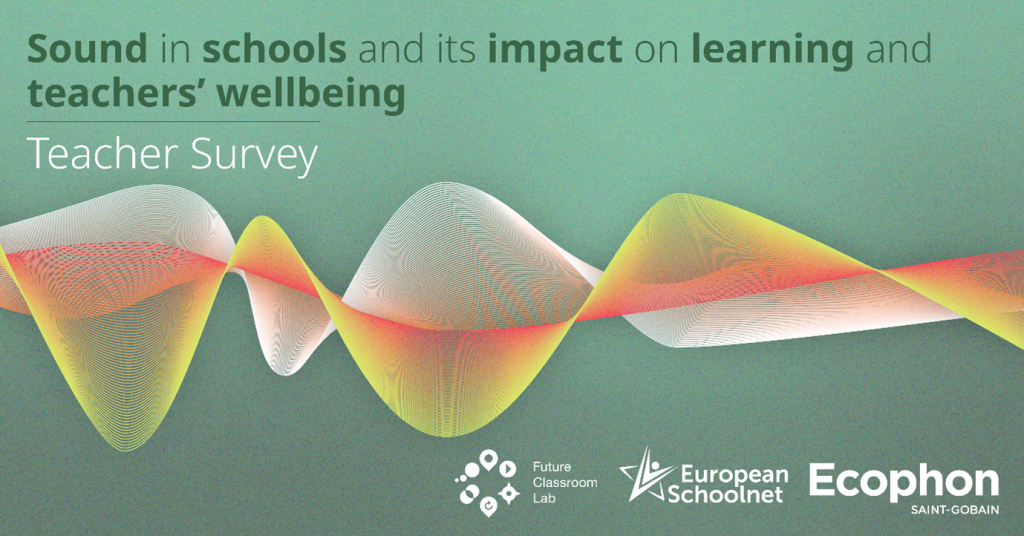Coding Activities and their Impact on Teachers’ and Learners’ Wellbeing
Publication date: April 12, 2023
Among school subjects, coding is unique in many ways. At once, it teaches problem-solving, collaborative and critical thinking skills; it enables students to be creators and instils a constructive, productive and practical approach to challenges; and (finally,) it combines technical and soft skills that can be applied to other academic and social contexts. What’s more, it achieves all that in a playful, engaging and fun way.

One less examined aspect of coding education is the impact that it may have on the mental and physical wellbeing of both educators and learners. Working in groups and working with robots can be noisy and while teachers are always happy to see their students excited about learning, sometimes, too much activity in the classroom can put pressure on teachers’ health and wellbeing. How much noise is too much?
The Future Classroom Lab, in collaboration with Saint-Gobain Ecophon, is conducting a survey among secondary school teachers on their wellbeing with a particular focus on the impact of classroom acoustics on educators’ work, physical and mental health.
The questionnaire aims to examine the impact of different coding activities and teaching styles on classroom noise levels, and to investigate the effect of robot kits and other types of education equipment on acoustics. This special focus on sound stems from the relationship between innovative teaching activities and physical and mental wellbeing. On one hand, we want to encourage the uptake of collaborative and engaging coding activities, but on the other, we want to stay attentive to the impact that this may have on noise levels and health.
Going forward, Europe will need more computer scientists. To meet this demand, coding education needs to be made available to learners already in/as early as in primary and secondary schools. Are school environments designed and equipped to accommodate coding classes?
How can teachers cope with increased student activity? How do we upgrade educational environments to respond to the demands of the future while also taking care of the schools’ most valuable assets – their teachers?
Share your experiences with sound and noise in the classroom and help us envisage the best physical environments for teaching coding. The survey is available in 13 languages and open until 14 May 2023.
Czech, Danish, English, Finnish, French, German, Italian, Norwegian (Bokmål), Polish, Portuguese, Slovakian, Spanish, Swedish


